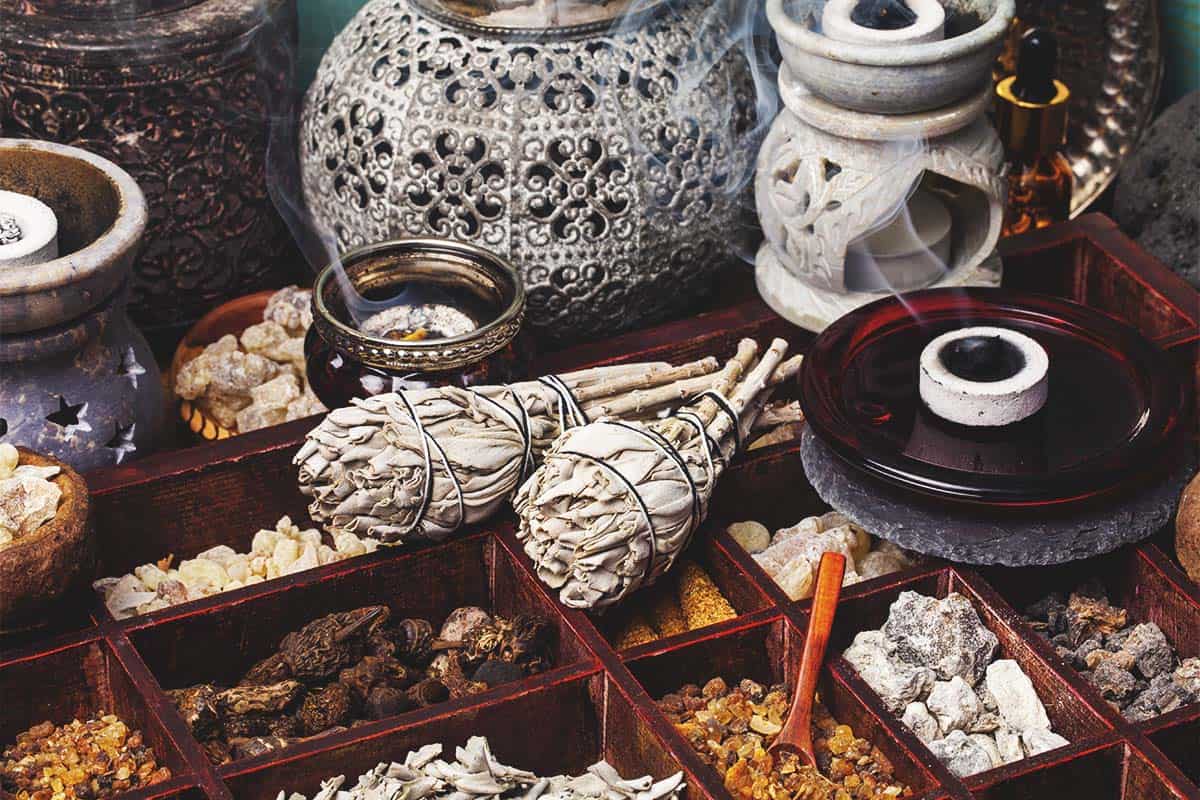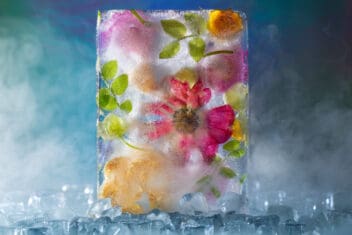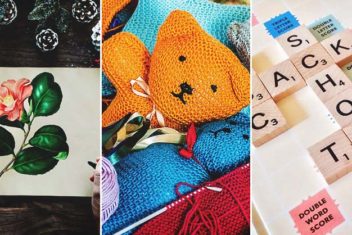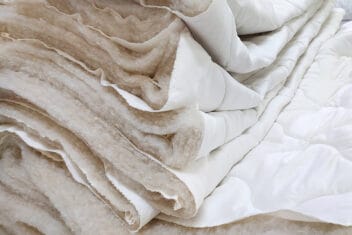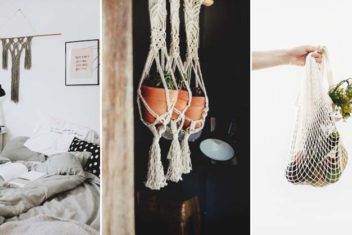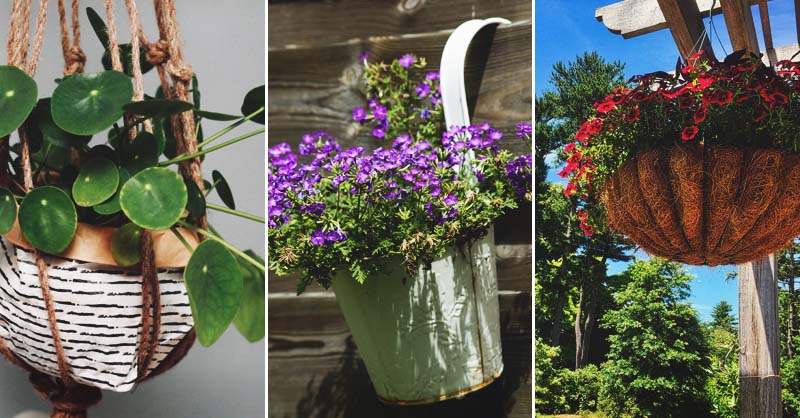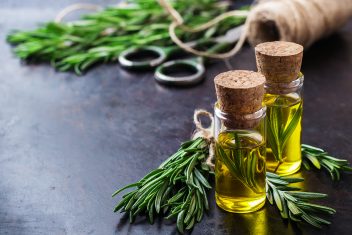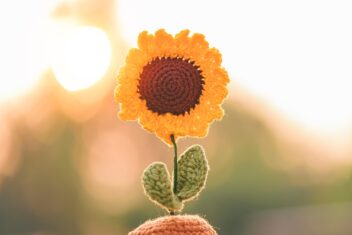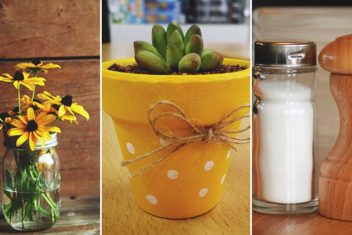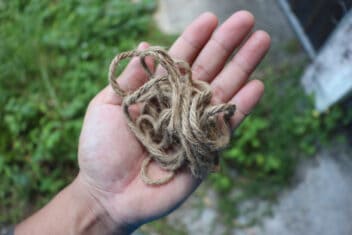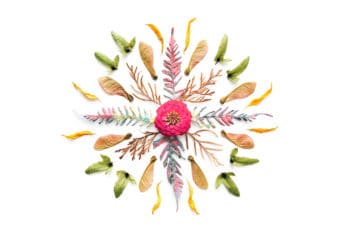I love growing herbs, but sometimes I have way more than what I know what to do with. Are you in the same boat? Need a few new ideas on what to do with them? Herbal incense adds pleasant fragrances to your home and helps use up all those herbs taking over your garden.
Herbal incense also makes a nice gift or party favor. We’ve all experienced that emotional lift when walking among our herbs and flowers. Burning them in small batches indoors can have the same effect.
Herbal incense has been around for thousands of years. It has been used in religious practices and cleansing rituals. Catholic priests still follow the biblical edict of incense during mass to scent and purify the sanctuary. Many Native Americans use sage to smudge in a cleansing ceremony.
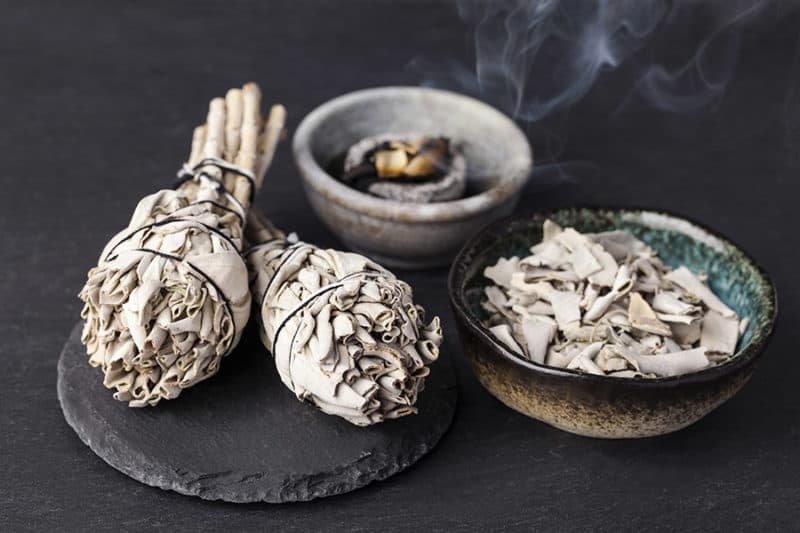
Whether it’s tied to a ceremony or not, burning incense can make the room smell nice and lighten your mood. We’ll share the best herbs for burning and how to make a herb incense bundle with the plants you’ve grown.
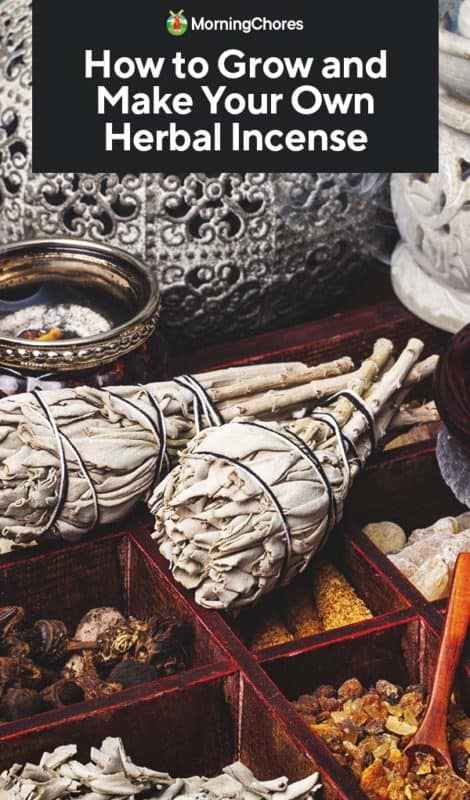
What Is Herbal Incense?
Incense is anything that we burn in order to create an odorous smoke – ideally, one that smells good and refreshes the room.
Dried herbs bring the incomparable scents of nature indoors. Of course, you can buy artificial incense, but I prefer natural scents over the chemical options you find in the store, so I use dried herbs from my garden.
I like to burn herb bundles on the woodstove in the winter. I think the smell of the herbs combined with the woodsmoke is homey and relaxing. It makes me want to curl up in my rocking chair and look at seed catalogs.
What Herbs Work Well In Incense
Herbs may seem like a summer indulgence, but many of these herbs do well in pots indoors, so you can enjoy making incense bundles all year long. It gives you something to do during the long winter nights while waiting for the growing season to return.
Lavender
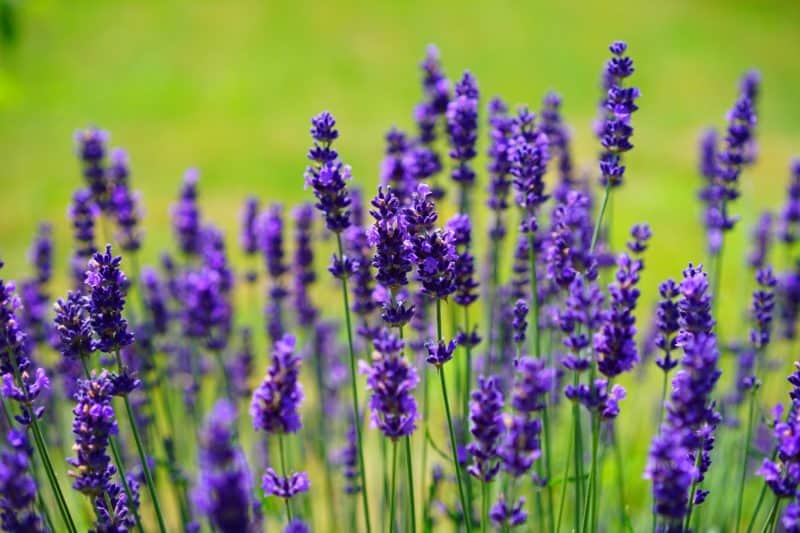
Both the leaves and the dried flower buds of lavender produce a scent that is light and refreshing when you burn them. Lavender has long been used for relaxation and for helping ease people to sleep. Lavender reportedly has therapeutic qualities that help insomnia, depression, and anxiety.
Roses
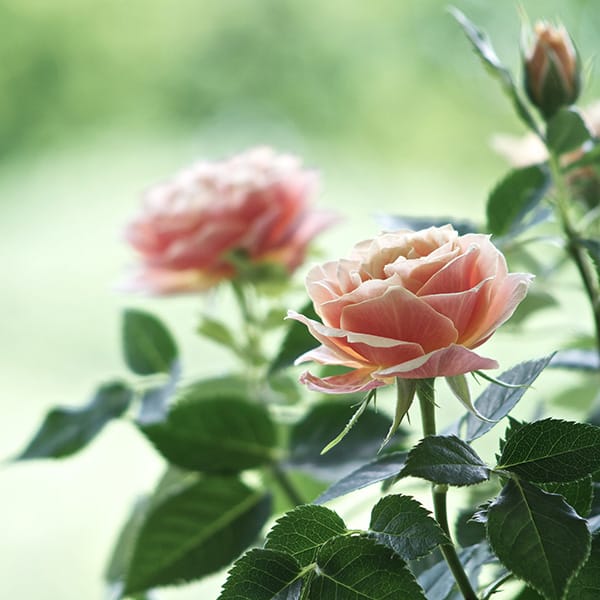
Roses are technically a flower, but they’re ideal for incense, both on their own or with other herbs. You can use them in one of two ways: cut the stem as you would for a cut flower or remove the petals and place them among the herbs that you are wrapping.
The dried petals have a nice light fragrance – depending on the variety, you may even get a citrus or licorice scent.
Lemongrass
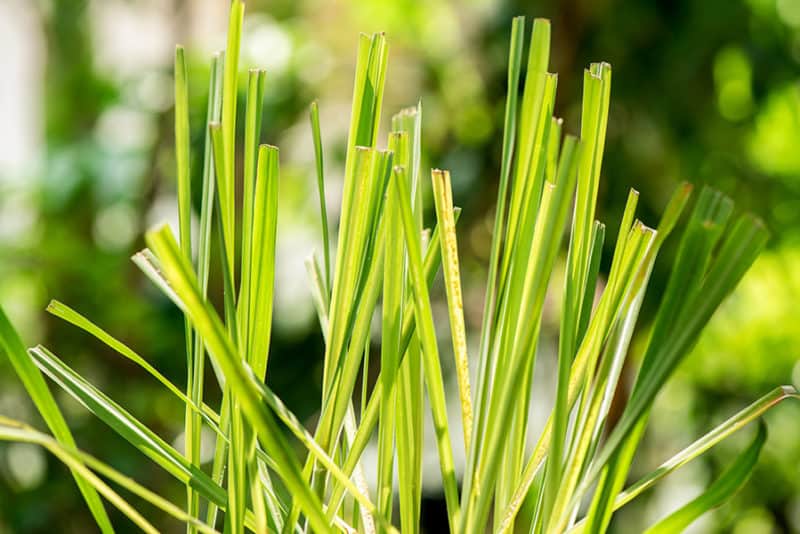
Lemongrass is a tropical plant that also does well in a pot or a greenhouse. It’s worth growing just for the refreshing scent, not to mention its culinary value. It burns well and mixes nicely with some of the more pungent herbs such as sage and rosemary.
Cedar
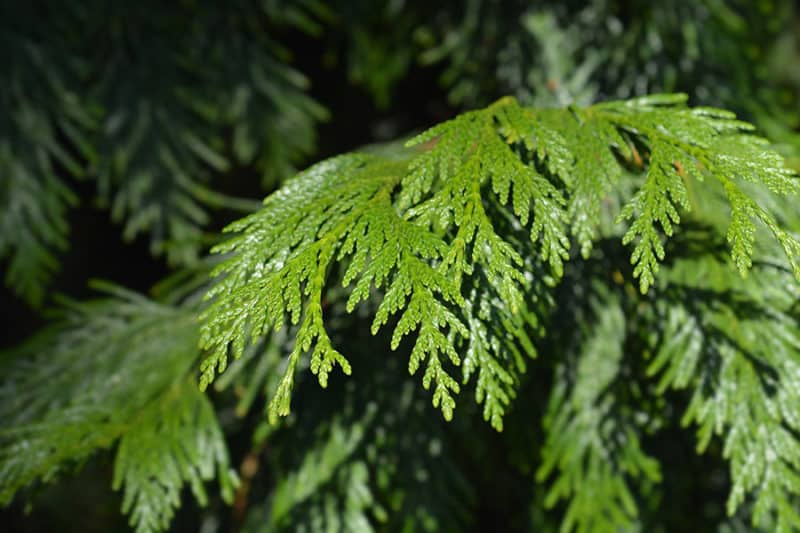
Cedar isn’t an herb but an intensely fragrant evergreen tree. The needles are especially pungent after you crush them. Cedars have volatile oils in the leaves and crackle a bit as they burn, which adds to the experience.
Take the leaves off the stem and place them among the herbs in your bundle.
Rosemary
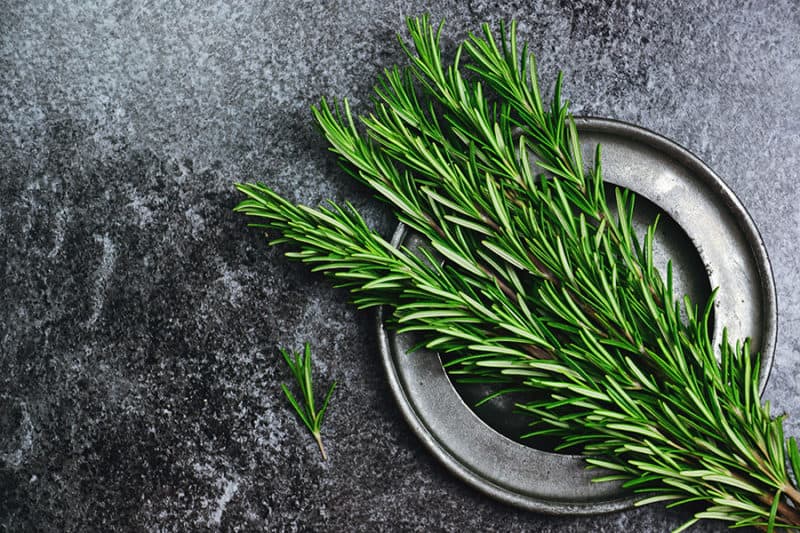
The fresh energizing smell of rosemary gets you off the couch and motivated to tackle the next job – at least it does me. Rosemary works well with other herbs in a blend.
Rosemary can be sensitive to the cold, so plan on bringing it in for the winter. That way you can enjoy its smell fresh and after you have dried it.
Sage
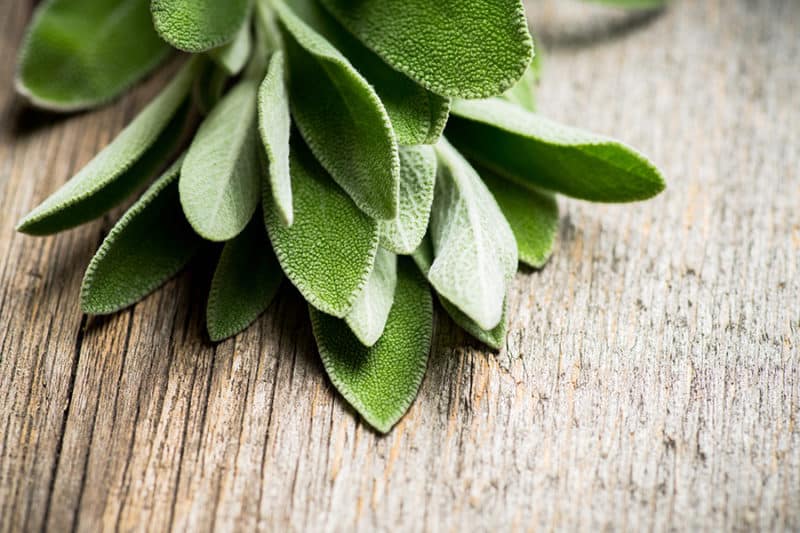
Probably the best-known ceremonial smudge plant, sage is believed by some to cleanse, purify homes and get rid of bad energy. It also smells incredible when burning and blends well with other herbs, such as rosemary and thyme.
White sage is the herb typically used in smudging and ceremonial use but for incense, you can use any variety of culinary sage as well.
Eucalyptus
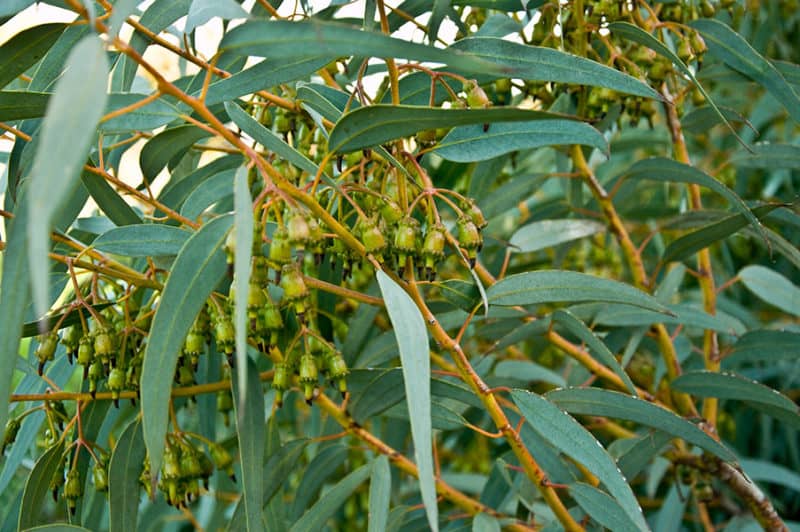
Eucalyptus is native to Australia and Tasmania, but it grows in warmer climates in the U.S. It also makes a good potted plant that you can put out in summer and bring in during the winter in cooler areas, which is handy since the scent is considered a good decongestant for a winter cold.
Hyssop
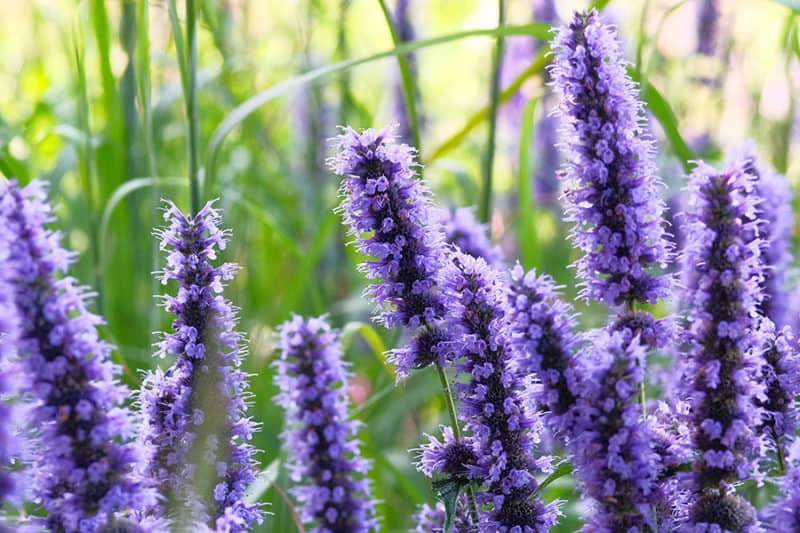
A popular herb from biblical times with ancient connections to purification work, hyssop smells lovely.
As a medicinal herb, it’s used as a cough suppressant and many feel the scent has a soothing quality. Hyssop is one of those scents you love or hate, so it’s best to try it out first and see if you like the smell.
Mugwort
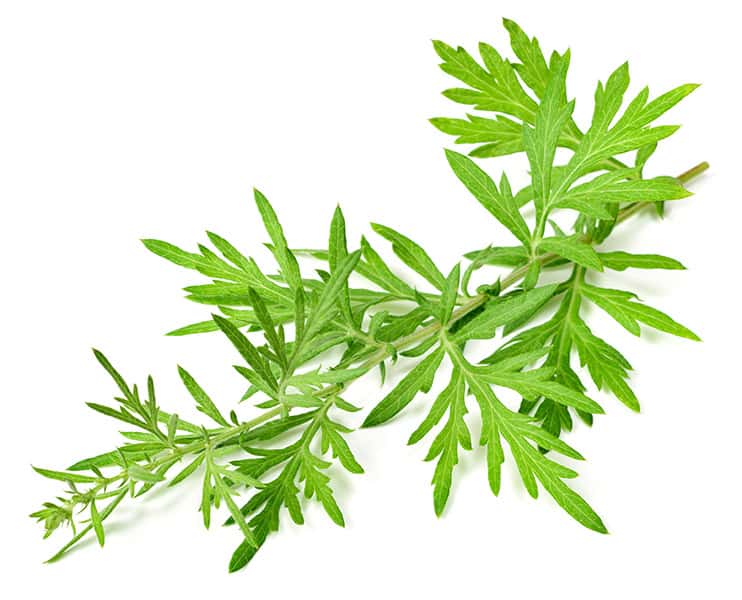
A native of Eurasia, mugwort grows throughout the U.S. Some consider it to be an invasive species because – like mint – it readily takes over. It grows wild in many areas, so you might be able to go forage it instead of having it take over your herb bed.
Historically, burning mugwort was thought to enhance one’s dreams. Whether that’s true or not, I find the scent calming. Try mixing it with lavender to enhance the relaxing effect.
Plants to Avoid
There are a few herbs smell great in the garden but they smell awful when burning. Mint and lemon balm both smell heavenly fresh. However, they stink when lit on fire as herbal incense. Save them for when you want to make herbal salts, candles, or tea.
How to Make Herbal Incense
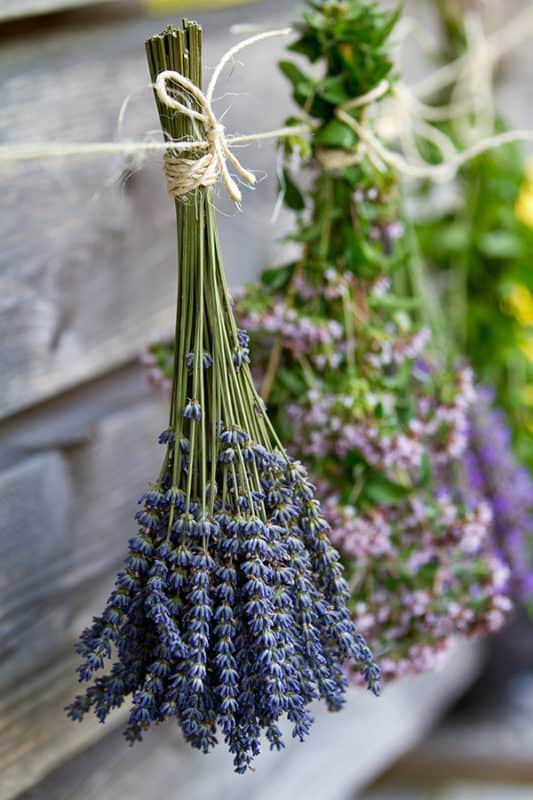
Materials
- Cotton or hemp string
- Scissors
- Lighter
- Heat-proof container
Steps
- Pick your herbs. You can also add flowers that are good for drying such as statice, baby’s breath, and yarrow. Cedar branches and pine needles may also be included. Cut stems to seven inches long. Remove about two inches of leaves at the end of the stem.
- Measure a piece of cotton or hemp string. You want it to be about two feet long.
- Tie the bundle. Bunch about 10 stem ends together, tie a knot with the twine about an inch up from the cut end. Everything should be snug and the bottom should be lined up. This is so when it dries it burns slowly and evenly.
- Wrap your string around the herbal incense bundle. Keep the wrapping pretty tight. It’s ok to push the stems together. When the herbs dry, the string will become looser.
- Wrap in the other direction. When you get to the end with your string, cross over and come back up. The string should look crisscrossed.
- Tie off the string at the end of your bundle.
- Dry your herb bundle in a cool dry location. I often place mine in a paper sack – the kind you pack lunches in – with several small holes and hang it from the ceiling. This keeps dust and flies off the herbs. Let dry for three weeks or more. It needs to be thoroughly dry to burn.
- When the herbal incense is ready, light the end with a match or lighter until you get a flame going. Let it burn for a few seconds.
- Blow the fire out and allow the herbs to smolder. Put your herb bundle in a heatproof container and enjoy!
It’s Your Turn
Herbal incense is a great way to add pleasant and refreshing smells to your home. Many commercial air fresheners contain chemicals that aren’t good for your health. Plus, growing your own herbs means you know they’ve been grown sustainably and are all-natural. Let us know what your favorite herb combo for incense is in the comments below!
